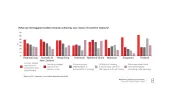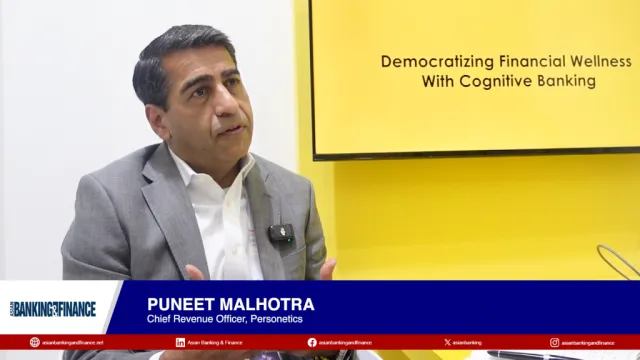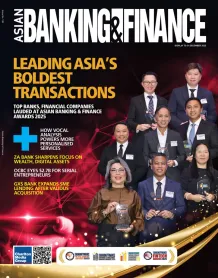
Issuance of AT1 securities by Asia-Pac banks to energise regulatory capital growth, says Fitch
China is likely to remain the largest issuer.
Issuance has largely been a domestic market feature by banks, by analysts from Fitch say they expect cross-border issuance to increase soon.
According to a report by Fitch Ratings, aside from China, banks in other countries will also look to replace legacy capital instruments and strengthen and optimise capital structure.
Fitch said APAC banks made up almost half of issuances for 3Q15, and they are continuing to increase their share of the market, with USD63.7bn of outstanding AT1s accounting for 32% of the global total at end-3Q15.
Meanwhile, Japanese banks topped the APAC region in terms of new issuances in the quarter, making up 49% of the total volume.
“They started tapping the market for the first time this year, and all three 'mega banks' had issued into the domestic market by end-3Q. Further AT1 issuance is likely to refinance maturing legacy instruments. We also expect the mega banks to issue via the international market at some point, to support their overseas balance-sheet growth,” Fitch Ratings said.
Meanwhile, while their volumes slightly dipped, Chinese banks were still strong issuers, with its five large state-owned banks likely to remain the region's largest issuers in the international and domestic market.
“An important near-term driver for AT1 issuance will continue to be capital pressures from ongoing balance-sheet growth, and slowing profitability. The extension of the total loss-absorbing capacity (TLAC) requirements for China's four global systemically important banks to 2025 means the issuance pipeline for qualifying instruments will rise as these banks are largely deposit funded. However, we would not expect this to be a key driver for AT1s,” Fitch Ratings said.
Furthermore, outside of the giant banks in China and in Hong Kong, the Asian trend has been banks tapping their home markets in local currency, where the pricing advantages are clear.
“This has been the case for smaller Chinese banks and for issuance out of Japan, Australia, India and Singapore. But the relatively shallow local markets mean this is unlikely to continue indefinitely, especially as AT1 needs grow for the region,” Fitch Ratings said.



















 Advertise
Advertise








